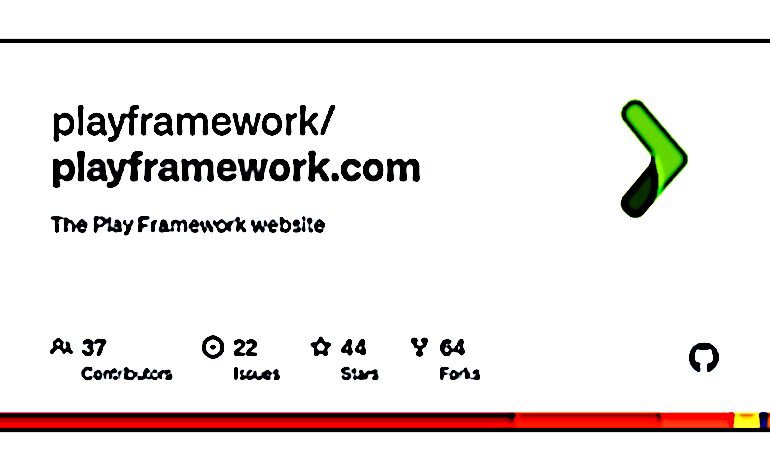Programming Languages: The Value Proposition behind Heroku’s Pricing
Among other things, pricing depends on the dyno type and data services you choose.
- By Mensah Alkebu-Lan
- 13 September 2022

Table of Contents
Introduction
Now a Salesforce company, Heroku is a cloud platform as a service (PAAS) that provides services and tools to build, run, and scale mobile and web applications. They are an industry pioneer in Cloud computing. It competes with other PAAS offerings like Elastic Beanstalk.
On Social Media
- “Heroku (@heroku).” Twitter, https://twitter.com/heroku?lang=en.
- “Heroku.” LinkedIn, https://www.linkedin.com/company/heroku.
On GitHub
- “Heroku · GitHub.” GitHub, https://github.com/heroku
Open Source Tools
- “Heroku CLI.” RubyGems, https://rubygems.org/gems/heroku/versions/3.99.4.
Then And Now
Heroku was founded by three Ruby Developers - James Lindenbaum, Adam Wiggins, and Orion Henry. In its early years, it only supported the Ruby programming language, but, now, Heroku supports a number of programming languages including NodeJs, Ruby, Java, PHP, Go, and Python for Heroku app development. About Salesforce’s handling of Heroku, Co-Founder Adam Wiggins said in April of 2021, “The core idea of taking an app and pushing to the cloud without having to think about servers, with a beautiful developer experience, is the same today, and I know that because I am a customer.”
The Platform
If you’re an App Developer, you haven’t lived until you’ve had a URL for one of your Web applications with herokuapp in it. Heroku offers a simple path to delivering apps quickly. It has a powerful and innovative feature set that includes data services like Heroku Postgres and Apache Kafka. Developers also like the GitHub integration. With this, every pull request to your GitHub repository spins up a disposable review app for testing. Heroku Enterprise customers have the option of services like Heroku Connect, allowing you to seamlessly sync your Salesforce data into your Salesforce system of record.
Building apps with Heroku’s cloud services typically involves a common runtime of deploying to a unique domain, which routes HTTP requests to a virtualized Linux container, or what is called a Heroku Dyno. Your apps run inside smart containers in a fully managed runtime environment.
Pricing
An attractive feature of the Heroku platform is it is free for small projects. Before going further, though, I should mention, starting November 28th, 2022, free Heroku Dynos, free Heroku Postgres, and free Heroku Data for Redis will no longer be available. Currently, Heroku does have a “Free and Hobby” free tier along with their paid plans. Among other things, pricing depends on the dyno type and data services you choose.
Data service options include Heroku Postgres, Heroku Data for Redis, and Apache Kafka on Heroku. The free tier of the Heroku Postgres service gives you an opportunity to try their Postgres Database service with no risk or commitment. The same is true for the Redis service. There is no free tier for the Apache Kafka service.
For more information on Heroku pricing go to https://www.heroku.com/pricing. To get started building Heroku applications, go to https://id.heroku.com/, and create an account.
References
1. Heroku: Cloud Application Platform, https://www.heroku.com/. Accessed 12 September 2022.
2. Carey, Scott. “The decline of Heroku.” InfoWorld, 7 April 2021, https://www.infoworld.com/article/3614210/the-decline-of-heroku.html. Accessed 12 September 2022.
3. Rusev, Konstantin. “What is Heroku and What is it Used For?” MentorMate, https://mentormate.com/blog/what-is-heroku-used-for-cloud-development/. Accessed 12 September 2022.
4. “Heroku announces plans to eliminate free plans, blaming 'fraud and abuse.'” TechCrunch, 25 August 2022, https://techcrunch.com/2022/08/25/heroku-announces-plans-to-eliminate-free-plans-blaming-fraud-and-abuse/. Accessed 12 September 2022.
open source
The MongoDB Database behind the MongoDB Stocksmall business
Our Corporate Social Responsibility to Supplier Diversity
